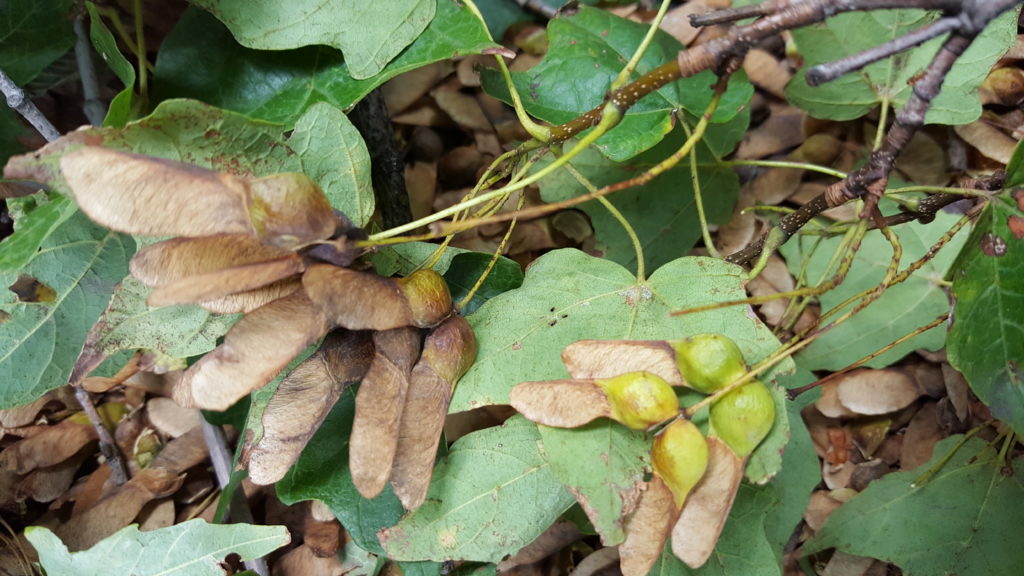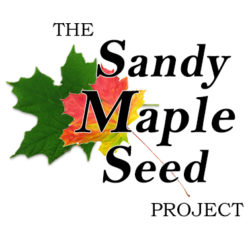Here’s a great one, which will cost you zip and is fun and easy to do.
Sugar Maple Seed Germination Experiment
- Have your child decide what to experiment with. It could be any of the following or even something else that your child thinks of:
- SOIL TYPE:
For example, you might choose some of these types of soil to see how they affect the germination rate: sand, loam, clay, gravel, hard wood chips, pine bark nuggets, pine needles, or even Styrofoam peanuts or shredded newspaper. You can try anything and see how it goes. - AMOUNT OF MOISTURE:
For example, you might test different amounts of moisture to find fake oakleys the best one for germination: dry, slightly moist, moist, very moist, submerged constantly. - TEMPERATURE:
You might test different temperatures to see how that affects germination rates. For example, 32° in the freezer, 45° in the fridge, 70° at room temperature, 100° on a furnace vent. - LIGHT:
Here are some things related to light that you could test: full darkness, dim light, normal daylight, 24 hours or light. - FERTILIZER:
You might want to test the germination with no added fertilizer and also with various types of fertilizers from the store.
- SOIL TYPE:
- Have your child run their idea by their teacher. This way you will be sure the experiment fits in with the school program so your child will get credit for it.
- Have your child estimate the number of seeds they will need. Once you know what will be tested, then you can easily estimate the number of seeds needed. Not all seeds will germinate under even the best conditions, so plan on using a large number (10, 20, or even 30) for each test case and the same for the control case (which will not be altered).

- Have your child contact us for some free sugar maple seeds. They can just send us a note (below) and we’ll give them as many as they want for FREE. We’d love to hear about the experiment, too!

Seeds in Fall from a Sugar Maple Tree
- Help your child do some research before starting.
It’s a good idea to do help your child do a little research beforehand, but don’t worry, now-a-days that’s easy with the Internet. Just Google Sugar Maples and Cold Stratification in a browser. Cold Stratification is a well-known technique to get the sugar maples seeds to germinate. Here is a brief overview:- The seeds of the sugar maple, Acer saccharum, require a period of cold to break the physiological dormancy of the seeds so that they will germinate. This occurs naturally if the seed falls outdoors in its native range. It experiences the winter cold and germinates in the warm spring.
- If your seeds have not been through a winter yet (which will be true if you use this fall’s seeds), you will need to use cold stratification. This will increase their germination success significantly.
- To do this, simply leave the seeds outside during the upcoming winter months or simulate the winter cold like this:
1. Soak the seeds 24 to 48 hours in room temperature water.
2. Cold stratify the seeds for approximately 3 months at 1° to 8 °C (~34° to ~46° F)—the optimum temperature for germination appears to be 1° C (34° F).
- Have your child set up the pots according to the test plan labeling each one with that will be tested.
- Have your child plan a schedule for watering.
- Have your child devise a way to record the results.
- Have your child run the experiment and see what happens!
- When done, have your child turn in the results to the teacher and post the result here, too!
Thanks and good luck! 🙂
Sandy
